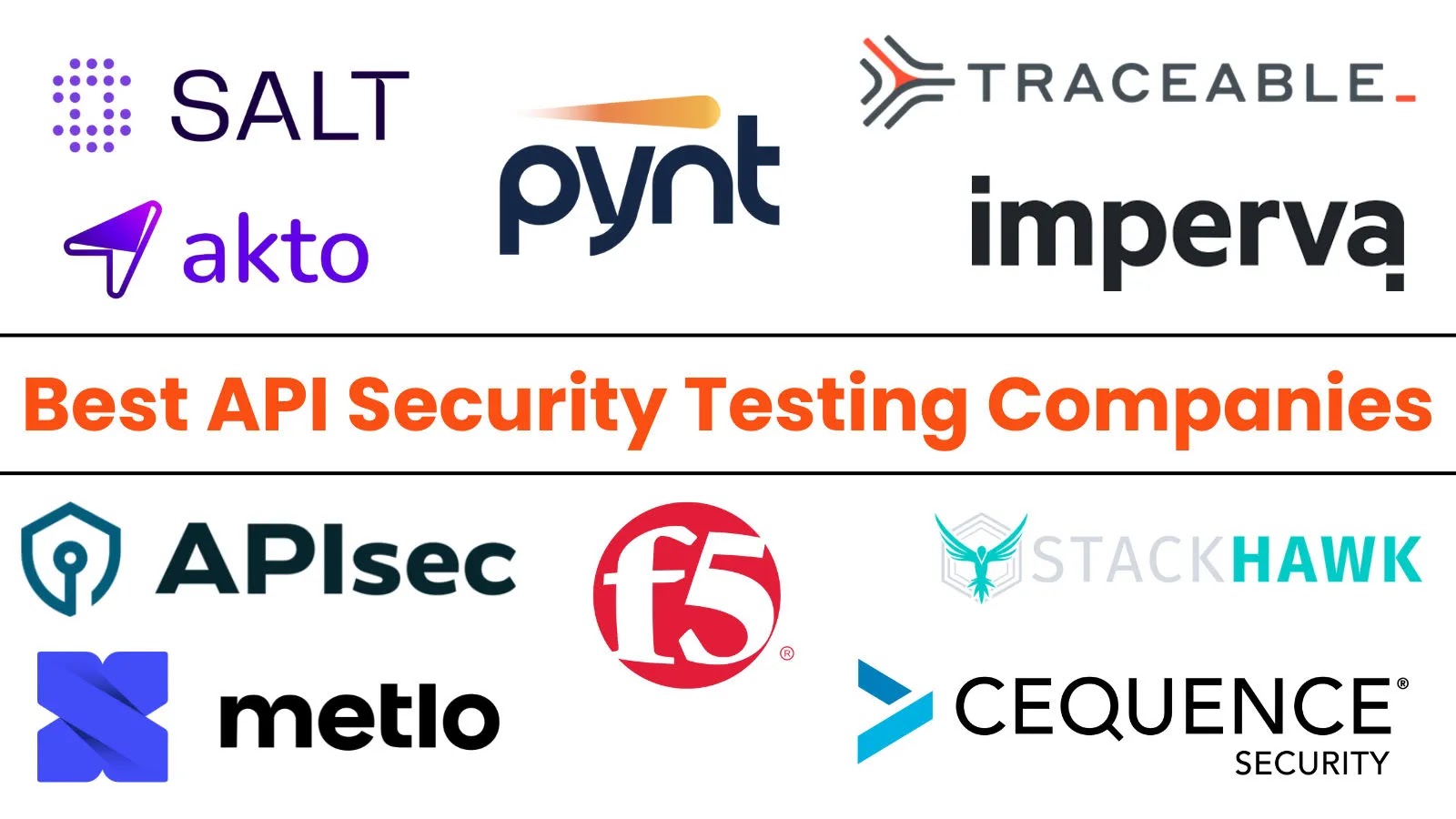
Top 10 Best API Security Testing Tools in 2025
In the relentlessly expanding digital landscape, Application Programming Interfaces (APIs) form the bedrock of modern online operations, facilitating seamless service integration and pioneering novel customer experiences. However, this burgeoning API footprint simultaneously escalates the attack surface, rendering robust API security testing an indispensable cornerstone of enterprise cyber defense strategies in 2025. Whether you’re a seasoned security analyst, a dedicated DevSecOps engineer, or a developer committed to secure coding practices, understanding and deploying the top API security testing tools is not merely an advantage – it’s a strategic imperative.
The Imperative of API Security in 2025
The ubiquity of APIs means they are frequently targeted by malicious actors. From data breaches to Denial-of-Service (DoS) attacks, vulnerabilities within APIs can have catastrophic consequences for businesses and their customers. The OWASP API Security Top 10 consistently highlights critical risks such as broken object-level authorization, excessive data exposure, and security misconfiguration. Proactive API security testing helps identify these weaknesses before they can be exploited. This proactive approach distinguishes resilient enterprises from those vulnerable to increasingly sophisticated cyber threats.
Understanding API Security Testing Methodologies
Effective API security testing encapsulates a variety of approaches, each designed to uncover different types of vulnerabilities:
- Static Application Security Testing (SAST): Analyzes source code, bytecode, or binary code for security vulnerabilities without executing the application. SAST tools are ideally integrated into the development pipeline.
- Dynamic Application Security Testing (DAST): Tests the application from the outside in, simulating attacks on a running application to identify runtime vulnerabilities.
- Interactive Application Security Testing (IAST): Combines elements of SAST and DAST, running within the application and analyzing code paths and data flows during execution to provide more precise vulnerability detection.
- API Penetration Testing: Manual or automated simulated attacks by security experts to exploit vulnerabilities and assess the overall security posture of APIs.
- Fuzz Testing: Injects malformed or unexpected inputs into an API to test its robustness and discover vulnerabilities that might lead to crashes or unexpected behavior.
Top 10 Best API Security Testing Tools in 2025
Selecting the right tools is crucial for establishing a comprehensive API security testing framework. Here are the top contenders for 2025:
1. Postman
Beyond its primary function as an API development and testing platform, Postman offers robust capabilities for security testing. Users can craft detailed test suites to validate authentication, authorization, input validation, and error handling. Its scripting capabilities, using JavaScript, allow for complex security scenarios and integration with CI/CD pipelines.
2. OWASP ZAP (Zed Attack Proxy)
As a free, open-source web application security scanner, OWASP ZAP is invaluable for API security. It automatically finds security vulnerabilities in web applications at the development and testing stages. ZAP includes active and passive scanning, fuzzing, and offers a powerful API for automation, making it a cornerstone for many security professionals.
3. Burp Suite Professional
Burp Suite Professional is the industry standard for web vulnerability scanning and penetration testing. Its comprehensive toolset, including a powerful intercepting proxy, scanner, and intruder, is exceptionally effective for identifying deep-seated API vulnerabilities like SQL injection, cross-site scripting (XSS), and authentication bypasses. Burp’s extensibility via BApp Store adds significant power for API-specific testing.
4. Akto
Akto specializes in API security testing, focusing on identifying vulnerabilities and ensuring compliance. It provides deep API discovery, continuous API security testing, and active monitoring to detect anomalies and potential threats. Akto’s approach helps prevent critical API security issues before they impact production.
5. DAST for APIs (DAST & IAST Solutions)
Several commercial Dynamic Application Security Testing (DAST) and Interactive Application Security Testing (IAST) solutions offer specialized modules for API security testing. These include platforms from vendors like Veracode, Checkmarx, and Invicti (formerly Netsparker). They provide continuous scanning, detailed reporting, and integration into DevSecOps workflows, capable of uncovering complex runtime vulnerabilities in APIs. For example, a missing authentication check that could lead to unauthorized data access might be detectable by these tools, potentially addressing issues akin to CVE-2023-XXXXX (placeholder for a hypothetical API authentication bypass vulnerability).
6. Kiterunner
Kiterunner is an advanced tool for discovering exposed sensitive endpoints and API schemas during reconnaissance. It operates by intelligently fuzzing URLs and identifying unconventional API paths, which attackers often exploit. This can lead to the discovery of hidden administrative interfaces or unauthenticated data access points.
7. WAFs with API Security Features (e.g., Cloudflare, Akamai)
While not strictly “testing tools,” Web Application Firewalls (WAFs) and API gateways with advanced security features are critical for protecting APIs in production. Solutions from Cloudflare, Akamai, and others offer API discovery, bot management, API abuse prevention, and rate limiting, acting as a crucial defensive layer that complements pre-production testing. They can mitigate real-time threats like those highlighted by CVE-2022-42487, which involved an API vulnerability leading to data exposure.
8. JMeter
Apache JMeter, primarily a load and performance testing tool, can be adapted for API security testing. Its ability to send a high volume of requests with various parameters makes it suitable for testing rate limits, brute-force attacks on authentication endpoints, and stress-testing API robustness under malicious loads.
9. Cwecker (API Fuzzer)
Cwecker is a dedicated API fuzzer designed to unearth vulnerabilities by sending malformed or unexpected data to API endpoints. It helps discover how APIs handle invalid inputs, potential buffer overflows, and other edge-case vulnerabilities that might bypass standard validation mechanisms.
10. SoapUI / ReadyAPI
SmartBear’s SoapUI (open-source) and ReadyAPI (commercial) are powerful tools for functional and non-functional testing of SOAP and REST APIs. They include features for security testing, allowing users to perform SQL injection, XPath injection, fuzzing, and cross-site scripting (XSS) attacks directly within their API test cases.
Remediation Actions for API Vulnerabilities
Detecting vulnerabilities is only half the battle; effective remediation is paramount. For example, if a tool identifies an issue with broken object-level authorization (BOLA), often linked to APIs, immediate actions are necessary. This vulnerability, listed as A1 in the OWASP API Security Top 10 2019, allows users to access resources they shouldn’t. An example of this could be a case like CVE-2023-3269, where an authorization flaw allowed unauthorized access.
- Implement Robust Authorization Checks: Ensure every API request validates that the authenticated user is authorized to access the specific resource. This often involves policies at the API gateway or within the API logic.
- Validate All Inputs: Thoroughly validate all incoming data to prevent injection attacks (SQL, command, XSS) and ensure data conforms to expected formats and lengths.
- Enforce Rate Limiting and Throttling: Protect against brute-force attacks and denial-of-service by limiting the number of requests a user or IP address can make within a given timeframe.
- Secure API Authentication: Employ strong authentication mechanisms (OAuth 2.0, OpenID Connect, API keys with proper secret management) and ensure tokens are handled securely.
- Minimize Data Exposure: Only return essential data via API responses. Avoid exposing sensitive information that isn’t explicitly required for the client-side operation.
- Detailed Logging and Monitoring: Implement comprehensive logging for all API interactions and monitor for suspicious patterns or error rates that might indicate an attack.
- Use API Gateways: Leverage API gateways for centralized authentication, authorization, rate limiting, and traffic management.
- Regular Security Audits and Penetration Testing: Continuously assess API security posture through automated tools and periodic manual penetration testing.
Conclusion
The strategic importance of robust API security testing in 2025 cannot be overstated. As API usage continues its upward trajectory, so too does the sophistication of attacks targeting these critical connectors. By integrating a comprehensive suite of the best API security testing tools – from open-source scanners like OWASP ZAP to commercial DAST/IAST platforms and specialized fuzzers – organizations can proactively identify and remediate vulnerabilities. This proactive stance, combined with rigorous remediation actions and continuous monitoring, forms an unyielding defense against the evolving threat landscape, safeguarding data, ensuring operational continuity, and preserving customer trust.





